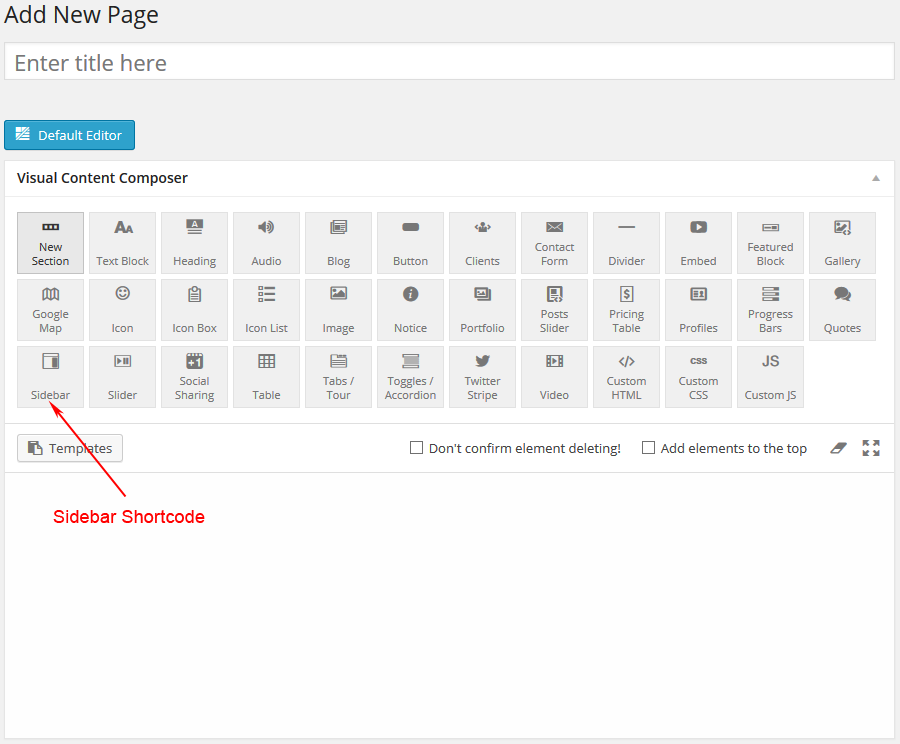
On the other hand, the anodized aluminum itself is readily wetted by water, but is not by the ink.

The polymer has the property that it is readily wetted by the oil-based printing ink, but not wetted by water. The plates themselves are most commonly flat pieces of anodized aluminum with a thin (about 1 micrometer thick) polymer layer on their surface. However, lithography uses plates which are flat to within 1 micrometer - the inked areas in the image are neither raised nor recessed by any height which is of any significance to this printing process. There are also some other printing press technologies (such as gravure) which hold the ink in engraved recesses on the equivalent of the "plate cylinder". Some other printing press technologies (such as flexography), use printing plates with raised areas which hold the ink, similar to a stamp pad. The plates operate on the principle that oil and water do not mix. There is one lithographic plate per color plane, and these plates form the image. As explained below, the ink image is formed first on the plate, then transferred to the blanket, and finally transferred to the paper (which is held on the surface of the impression cylinder). The three cylinders are rotated at the same surface velocity, so that their surfaces contact each other without sliding. The blanket cylinder is in between the plate and impression cylinders, and its surface touches the surface of the other two cylinders. Each of these cylinders is designed to have a surface which is slightly larger in area than the size of sheets which are printed by that particular press. Other inks added to these four main colors are typically spot colors, which are highly saturated colors outside the color gamut which can be achieved with the subtractive primaries - these are commonly employed as logo colors, or they may be colors which are being used for some striking artistic effect.Įach printing tower has three main cylinders - the plate cylinder, blanket cylinder, and impression cylinder.
PRINTPRESS THEME PLUS
Normally black plus the three subtractive primary colors (cyan, magenta, and yellow) are the 4 main colors printed. Some presses have as many as 12 towers, first printing 6 colors on one side of the sheet, then flipping the sheet over, in a device called a perfector, and finally printing 6 colors on the reverse of the sheet. "Half size" and "quarter size" offset presses are also common, and these machines print on sheets which are one-half or one-quarter as large.Īn offset printing press has a separate printing unit, or tower, for each color of ink. A so-called 'full size' sheet fed offset press prints on sheets that are about 700 mm x 1000 mm in size (about 28 inches x 40 inches).

These presses are commonly designed in either sheet-fed configurations, which print on individual sheets of paper or other material, or web-fed configurations, which print on long webs of paper or other material, supplied on large reels. Printing presses are commercially available which use several different types of printing technologies, but the most common type is called offset lithography.

A printing press is a complex piece of high-precision industrial equipment that is designed to produce printed material at a high rate of speed and low cost per page.


 0 kommentar(er)
0 kommentar(er)
